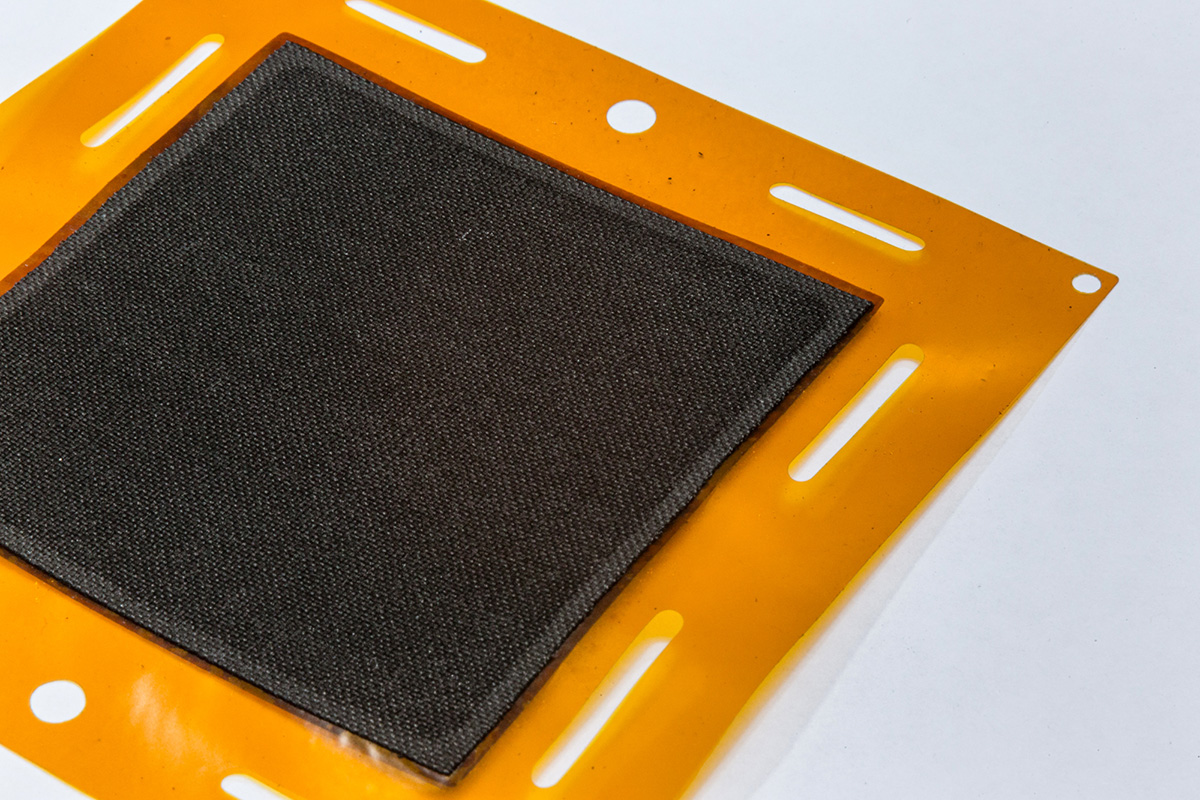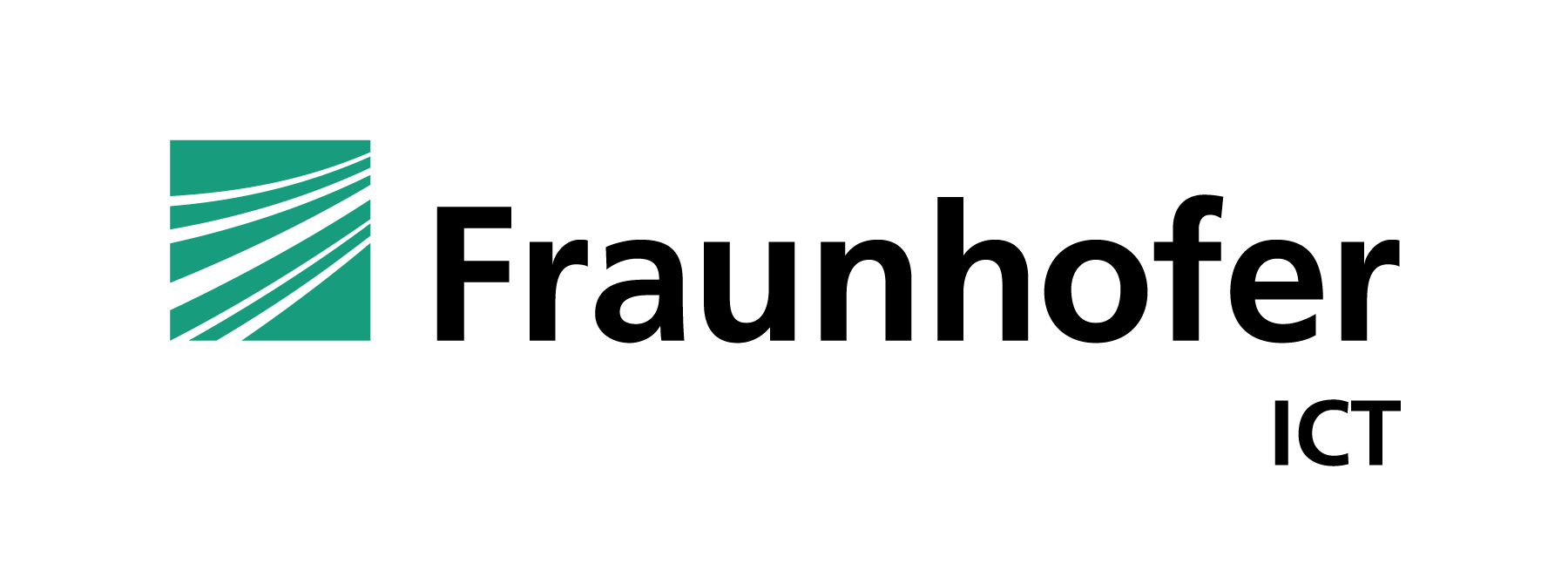NIMPHEA
Next-generation MEA for aviation
The NIMPHEA project will develop a new-generation Membrane Electrode Assembly (MEA) – the central component of Proton Exchange Membrane Fuel Cells – compatible with aviation applications. This is a key enabling technology for the deployment of fuel cells in aviation.
The project has been funded by the Clean Hydrogen Partnership. The research will be carried out over a 4-year period starting in January 2023.
Rationale
Air traffic is constantly increasing, and aviation is responsible for a significant proportion of greenhouse gas emissions. The European Union has set the objective of achieving carbon neutrality by 2050, and the Advisory Council for Aeronautic Research in Europe (ACARE) is targeting a 75% reduction in aviation emission in the next 30 years.
Hydrogen-based fuel cell systems are one of the most promising solutions to deliver energy to aircrafts without emitting CO2 and NOx. Fuel cells enable the conversion from chemical energy contained in a fuel such as hydrogen into electricity. Proton Exchange Membrane Fuel Cells (PEMFC) have been widely developed for on ground transport applications over the last 20 years. The Membrane Electrode Assembly (MEA) is the core component of this technology.
Today, fuel cell systems developed in the automotive industry are operated at a typical temperature below 100°C. This operating temperature generates constraints that make their integration in the aircraft environment extremely difficult due to thermal management issues. The development of a new-generation MEA, working at temperature above 120°C , is one of the keys to unlock fuel cell applications for aviation industry. In this context, the NIMPHEA project will develop and validate a new-generation, high-temperature MEA that meets the requirements of fuel cells for aviation.
Picture credit: Antoine Heusse / photo-h for Safran
Objectives
The overall objective of the NIMPHEA project is to develop and validate at TRL4 a new-generation high-temperature Membrane Electrode Assembly (MEA) addressing the challenging requirements of fuel cells for aviation. The developed MEA will operate above 120°C and thus overcome the thermal management issues of high-power systems
Specific objective 1
Design the concept of the new-generation disruptive MEA operating above 120°C and develop its components
Specific objective 2
Upscale the small-scale MEA in view of preparation for manufacturing and future integration at fuel cell stack level
Specific objective 3
Validate and demonstrate the performances of the developed new-generation MEA at TRL4
Specific objective 4
Evaluate and validate the suitability of the new-generation MEA by performing a complete life-cycle assessment
Expected results
New-generation MEA components
Catalyst layer, membrane and gas diffusion layer optimised and tested, operating above 120°C
MEA containing new-generation components
- assembled, tested and validated at TRL4 in single cells
- improved performances to enable integration in FCs for aviation
Aviation-relevant test procedures
Life-cycle assessment
Impact
NIMPHEA will develop, manufacture, test and validate at TRL4 a new-generation of MEA, thus paving the way towards fuel cell operation at temperatures higher than 120°C and therefore to unlocking the full potential of fuel cell disruptive technology uptake in applications with high power generation systems requirements.
Demonstration of the developed technology under laboratory test conditions will prove the feasibility of the concept and pave the way towards further maturation within the Clean Aviation programme for integration into a specific architecture for demonstrations. This is a critical path for the demonstration of future fuel cells products in aviation.
Consortium
The NIMPHEA consortium brings together leading fuel cell system developers (Safran Power Units and Safran Tech) and an experienced MEA industrial actor (Advent) to lead the architecture definition, requirements and design activities. Recognised academic and research institutions (Université de Strasbourg, Fraunhofer ICT, Commissariat à l’énergie atomique et aux énergies alternatives – CEA , Centre national de la recherche scientifique – CNRS) will support the above-mentioned industrial partners with the characterisation, development, manufacturing, modelling and testing of the individual components of the MEA and of the upscaled MEAs. Finally, the life-cycle costing, environmental life-cycle assessment and the eco-efficiency benchmarking will be conducted by IMDEA Energy, a Spanish research institute expert in the energy field.
Latest News
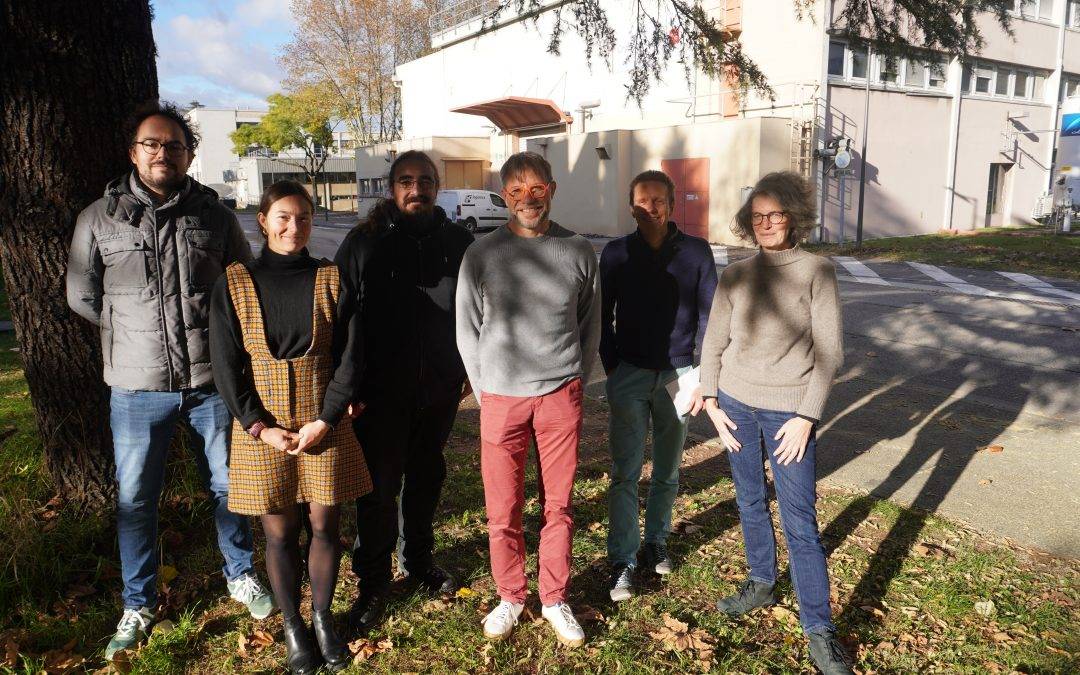
Meet NIMPHEA partner: CEA-Liten
CEA-Liten is involved in several aspects of the NIMPHEA project and will support the development of high-temperature MEAs
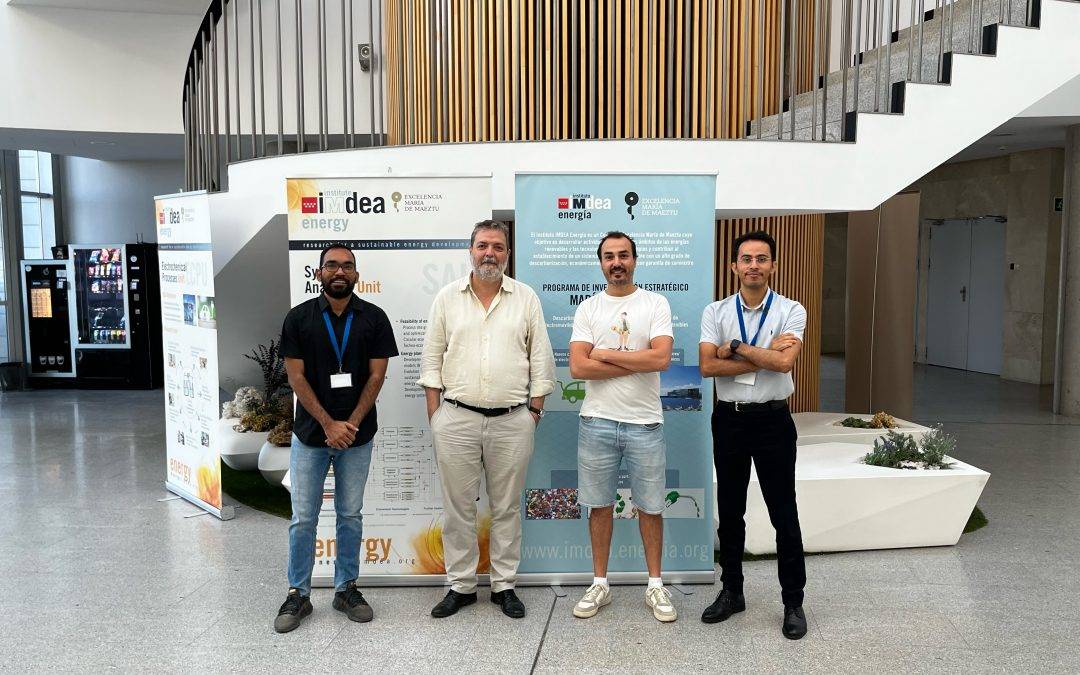
Meet NIMPHEA partner: IMDEA Energy
The IMDEA Energy team is in charge of studying the sustainability of the systems developed in the NIMPHEA project looking at releasing environmentally friendly and socially responsible systems.
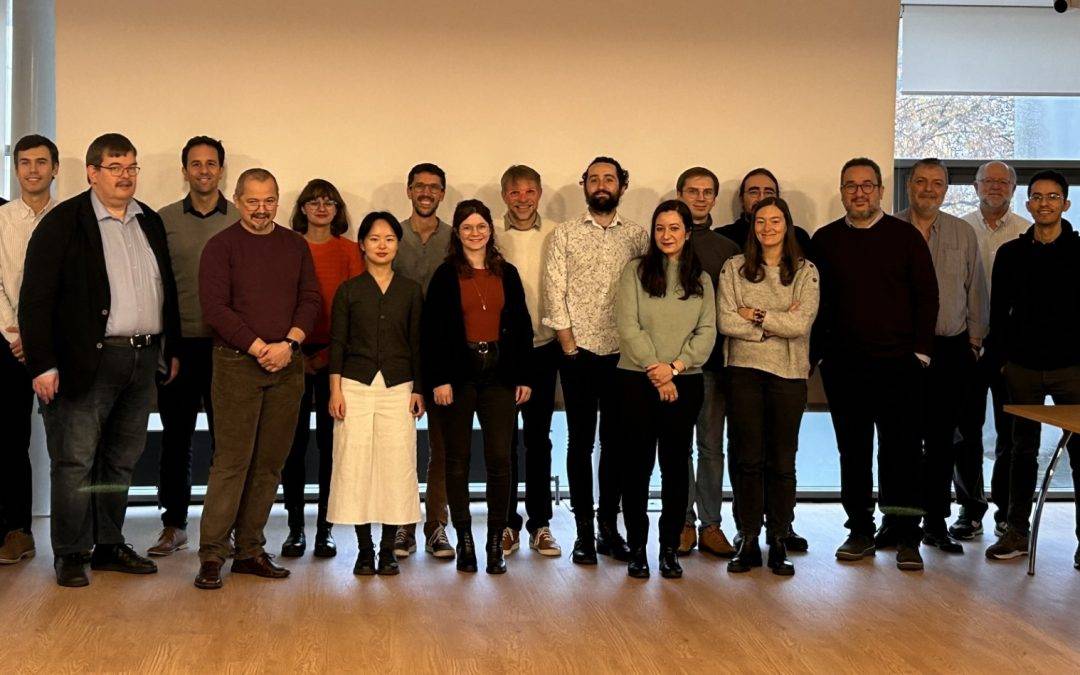
NIMPHEA second General Assembly in Strasbourg!
On the 16th and 17th of November 2023, the NIMPHEA project held its second General Assembly meeting at the Centre National de la Recherche Scientifique (CNRS) in Strasbourg (France).
